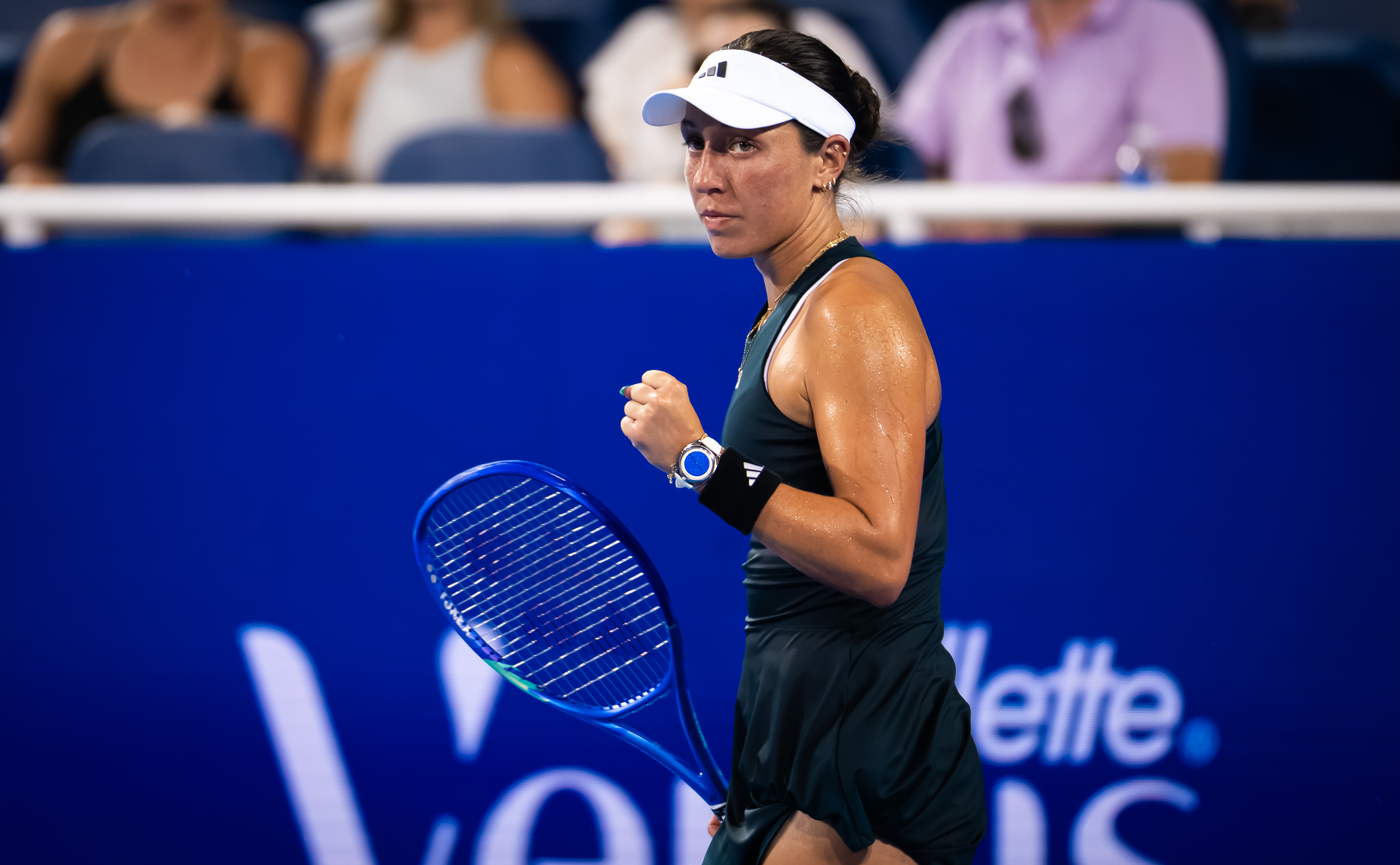Tennis legend Monica Seles reveals myasthenia gravis diagnosis as her latest 'hard reset'
Monica Seles first noticed the symptoms of myasthenia gravis while she was swinging a racquet the way she had done so many times.The 51-year-old Seles, who won the first of her nine major trophies as a 16-year-old at the 1990 French Open and played her last match in 2003, said she was diagnosed with the neuromuscular autoimmune disease three years ago and is speaking publicly about it for the first time ahead of the US Open, which starts on August 24, to raise awareness about what is known as MG."I would be playing with some kids or family members, and I would miss a ball. I was like, 'Yeah, I see two balls.' These are obviously symptoms that you can't ignore," Seles said."And, for me, this is when this journey started. And it took me quite some time to really absorb it, speak openly about it, because it's a difficult one. It affects my day-to-day life quite a lot."Seles won the last of her nine grand slam titles at the 1996 Australian Open. (AP: Steve Holland)According to the US National Institute of Neurological Disorders and Stroke: "[MG is] a chronic neuromuscular disease that causes weakness in the voluntary muscles" and "most commonly impacts young adult women (under 40) and older men (over 60) but … can occur at any age, including childhood."It can lead to problems with speaking, chewing, swallowing and breathing, and while many complications are treatable, some can be life-threatening.Seles said she had never heard of the condition before seeing a doctor and being referred to a neurologist after noticing symptoms such as double vision and weakness in her legs and arms, when even "just blowing my hair out … became very difficult".Do you have a story idea about women in sport? Email us abcsport5050@your.abc.net.auThe tennis legend said she wished at the time of her diagnosis, she "had somebody like me speak up about it".She talks about learning to live a "new normal" nowadays and characterised her health as another in a series of life steps that required adapting.This year marks three decades since Seles returned to competition and reached the final at the 1995 US Open, more than two years after she was attacked by a man with a knife at a tournament in Hamburg, Germany."I had to, in tennis terms, I guess, reset — hard reset — a few times," she said.ABC Sport Daily podcast ABC Sport Daily is your daily sports conversation. We dive into the biggest story of the day and get you up to speed with everything else that's making headlines."I call my first hard reset when I came to the US as a young 13-year-old [from Yugoslavia]. Didn't speak the language; left my family. It's a very tough time."Then, obviously, becoming a great player, it's a reset, too, because the fame, money, the attention, changes [everything], and it's hard as a 16-year-old to deal with all that."Then obviously my stabbing — I had to do a huge reset."And then, really, being diagnosed with myasthenia gravis: another reset. But one thing, as I tell kids that I mentor: 'You've got to always adjust. That ball is bouncing, and you've just got to adjust'. And that's what I'm doing now."The ABC of SPORT Sports content to make you think... or allow you not to. A newsletter delivered each Saturday.AP












